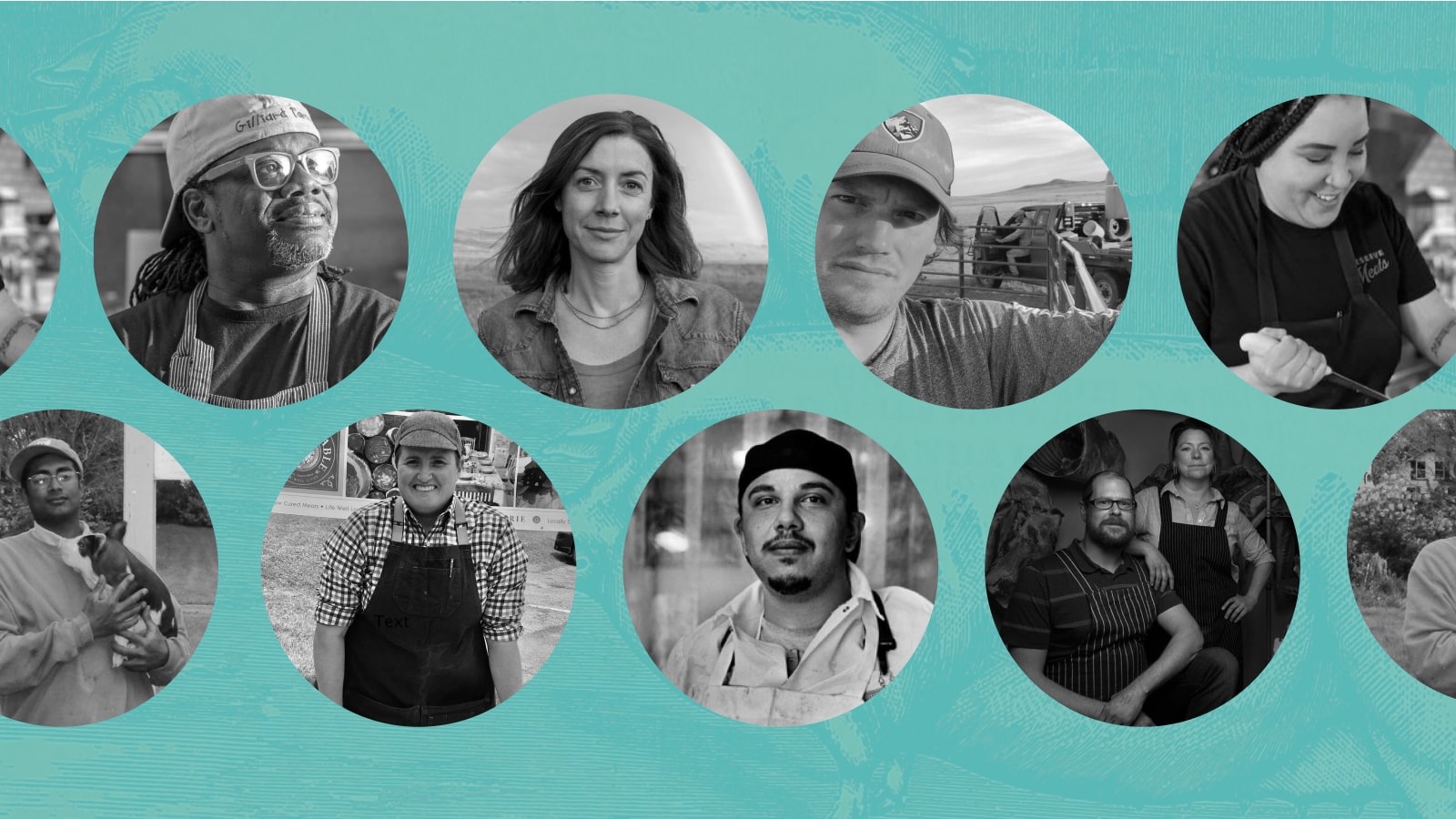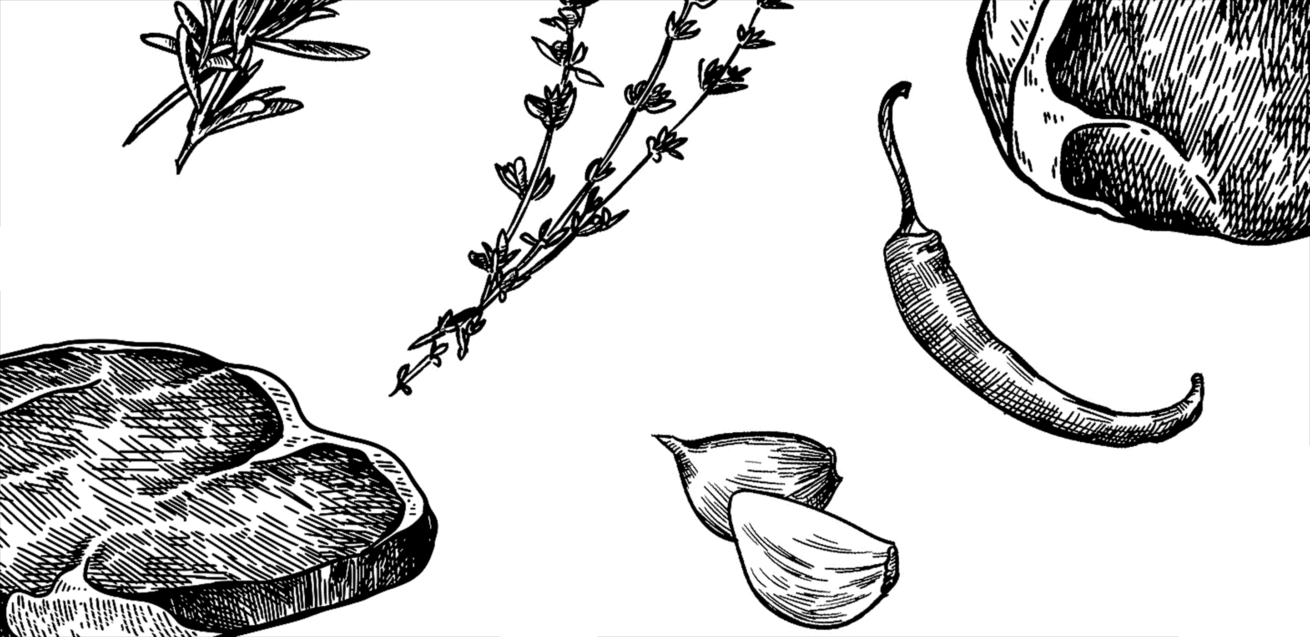Good Meat BreakdownGood Meat® Snapshots
Rodrigo Sierra Corona


Ecologist by training, conservationist by heart and cattle rancher by accident, Rodrigo’s mission as director of stewardship at the Santa Lucia Conservancy is to bridge the gap between cattle grazing, grassland management and science.
The Santa Lucia Conservancy is dedicated to the stewardship of the unique natural resources of the Santa Lucia Preserve in California and to promoting human settlements that are ecologically sensitive. Using the vast natural laboratory of their 20,000 acre preserve, they work collaboratively on resource management, education and research to support and test a model of environmentally compatible human settlement. Rodrigo works with the organization’s grazing technicians to help move restoration cows through the preserve’s undulating grassland landscape. At the same time, he collects vegetation and soil data. Rodrigo has worked in rangeland and wildlife conservation for 14 years studying and addressing the integration of livestock grazing and conservation in endangered landscapes.
How did you become a land steward?
I am a conservation biologist. I spent most of my professional career monitoring and doing ecological research on endangered species in Northern Mexico, including jaguars, American bison, and black prairie dogs. One of the common problems that these species face is the degradation and disappearance of their habitat by human productive activities, together with the targeted elimination of these species by the traditional ranching communities. During my PhD program, which was focused on livestock-wildlife interactions, our team started to do restoration projects in Janos, Chihuahua, bringing native grasslands back by partnering with local producers to change livestock management practices. Witnessing first-hand the positive changes on the land made me abandon the idea to join the academic path and fully commit to a career in land management.
What is one thing you wish more consumers knew about raising livestock?
That while most commercially available meat does not meet any conservation-sustainability standard or consideration, there are progressive producers changing that narrative. Livestock raised under the right conditions, in the right place, does not by any means have a negative impact on the environment. That being said, livestock production, still requires a big amount of resources—land, water, forage, labor—so I honestly think that meat should be considered a special food, and that we need to forget about the cheap meat culture that we have today.
What meat, or meat dish, do you eat most regularly and what do you eat for special occasions?
In our household (I have a girlfriend and three dogs) our consumption of meat is very low. We rely on grains and vegetables, for the most part, adding meat up to three times a week. We are from central Mexico, where delicious vegetable dishes are very common and we enjoy them a lot. The commercial dry dog food we use and some of their treats contain meat. The meat that we consume at home is usually grass fed-organic, mostly ground bison meat. If it doesn’t come from some friend’s farm, it comes from our own. Another item that we consume is cold meats (ham, pastrami) for lunch. For special occasions, we like to get good tacos for sure! Sometimes we grill some ribeyes (my favorite).
What is one of the biggest challenges you face as a land steward, working with livestock?
Balancing livestock health and production with ecological health is a huge challenge. Keeping yourself true to your ecological goals, while producing livestock in a difficult economic climate, like the current commercial livestock industry, is a common challenge shared by many of my close friends.
Good Meat® Snapshot
Popular Links

Let's do some good!
Sign up for our newsletter. We’ll keep you informed and inspired with monthly updates.